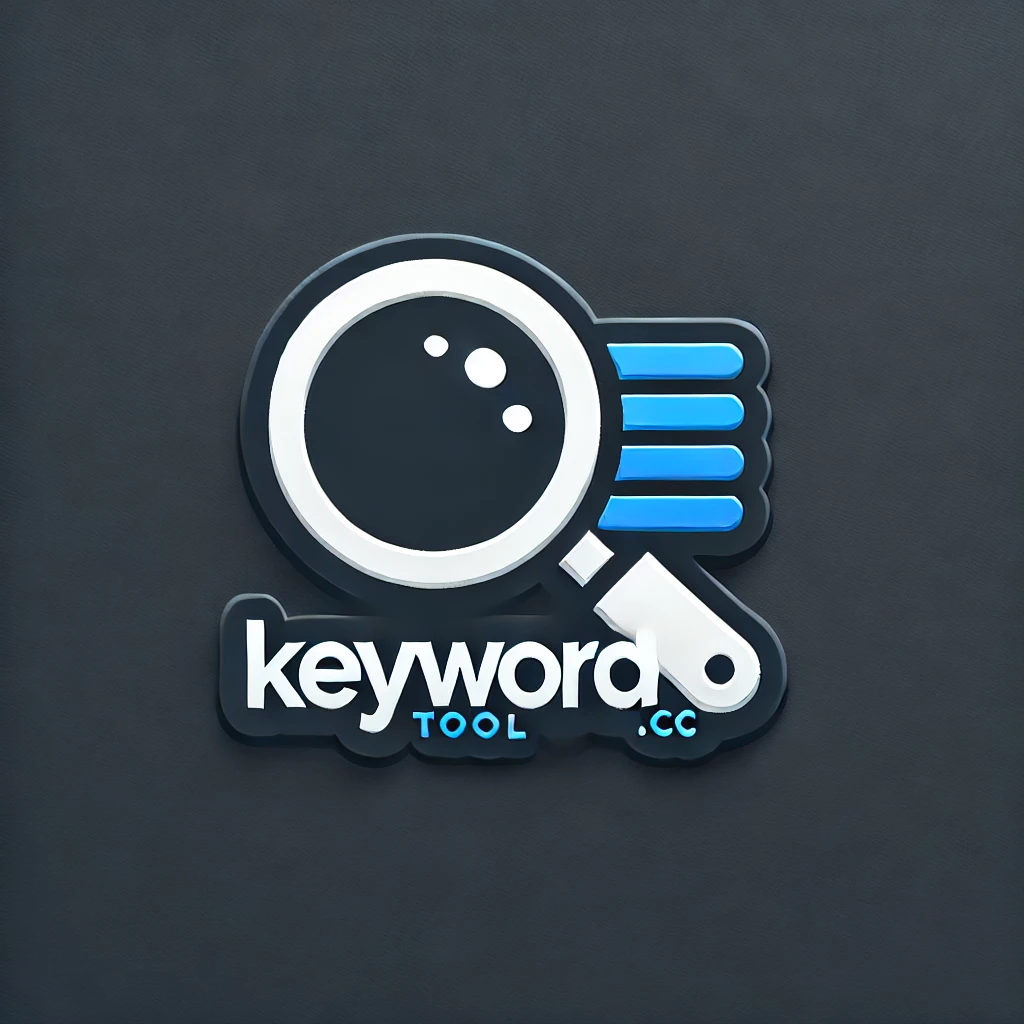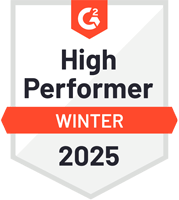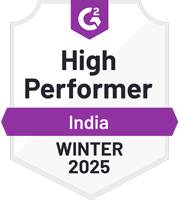Waiting around for Google to notice your content is like shouting into the void. You hit publish, and nothing happens. Days go by, maybe weeks, and still—no sign of your page in search results. If you’re tired of watching fresh posts collect dust while competitors get all the clicks, it’s time to take control. You don’t need to be a developer or mess with complicated tools just to help Google crawl site faster. There are simple moves you can make right now that push your content in front of Google quicker—and no, it doesn’t involve begging or guessing what works.
Optimize Your Website Structure
A messy website slows everything down. Search engines don’t have time to dig through random pages just to figure out what your site is about. If you want to help Google crawl site faster, you need a clear and logical structure. That means organizing your pages so that bots can move from one section to another without hitting dead ends or loops.
Start by setting up a flat hierarchy. Your top-level pages should be easy to reach — no more than three clicks from the homepage. Don’t bury important content under layers of categories and subcategories. The deeper a page is, the harder it becomes for crawlers to find it quickly.
Internal links matter too. Use them like pathways between related content on your site. This shows search bots which pages connect and helps them discover new posts faster. For example, if you publish a blog post about product features, link it back to relevant service pages or category hubs.
Keep URLs clean and consistent across the board — avoid long strings of numbers or irrelevant words in your links. Simple slugs loaded with keywords help both users and crawlers understand what’s behind each link.
Now let’s talk sitemaps — because even with good structure, you still need backup. A sitemap gives Google a roadmap of every page on your site so nothing gets missed during crawling sessions. But building one manually? Total waste of time when you’ve got better things to do.
This is where something like the Auto XML Sitemap Generator steps in quietly but does all the gruntwork for you behind the scenes. It updates automatically every time new content goes live and pings Google right away, making sure your latest stuff doesn’t sit around waiting for attention.
Structure isn’t about looking pretty — it’s about getting found faster with less effort from both humans and bots alike.
Submit an Updated XML Sitemap
If your site keeps changing and you don’t keep Google in the loop, expect delays. Google doesn’t guess what’s new. It needs a map, and that map is your XML sitemap. When it’s up-to-date, search engines get clear directions to all your fresh content.
An outdated sitemap wastes time. Google crawls old links or misses new ones altogether. That slows down indexing and hurts visibility. If you want to help google crawl site faster, start with keeping this file current.
Submitting it through Google Search Console isn’t optional — it’s necessary. Once uploaded there, it tells Google exactly where to look and what matters now on your site. No second-guessing from their bots.
But here’s the thing: doing this by hand every time you post something? That gets old fast. Forgetting even once means risking delayed indexing for that next blog post or product page.
That’s where automation saves time and sanity. Tools like the Auto XML Sitemap Generator for WordPress handle everything without asking questions. Every time you publish something new, this feature updates the sitemap instantly and pings Google right away — no waiting around for crawlers to figure things out on their own.
You also get control without code headaches: choose which posts, pages, or categories show up in the file so only what matters gets indexed first.
Manual SEO tasks slow down progress when you’re trying to grow traffic fast. Install Squirrly SEO to auto-update Google with your latest content — skip the busywork and stay ahead of delays.
Skipping regular sitemap updates is like locking doors after leaving them wide open yesterday — nothing changes unless you take action today.
Improve Page Load Speed
Slow pages kill momentum. They drag down everything — user experience, crawl rates, and indexing pace. If your site takes too long to load, Google won’t waste its time crawling every corner of it. You get fewer pages indexed, less visibility, and lower chances of showing up in search.
Fixing that starts with trimming the fat. Compress large images before uploading them. Use modern formats like WebP. Strip out bloated scripts that don’t serve a clear purpose. Keep only what’s needed to load the page.
Browser caching helps browsers reuse files instead of downloading them again each visit. It reduces strain on servers and cuts load time for returning visitors. Activate it through your .htaccess file or use plugins designed for performance tuning.
Minify your CSS and JavaScript files next — remove white space, comments, and unnecessary characters without breaking functionality. Fewer bytes mean faster loads.
Google also looks at how fast mobile users can see content on your pages. A slow-loading site on phones gets pushed down in rankings fast. So make sure your theme is lightweight and responsive across devices.
If you want to help Google crawl site faster, every second counts — literally. Faster sites let crawlers move deeper into your pages during limited crawl windows.
And when new content goes live? You want search engines to know right away without lifting a finger each time you post something fresh.
That’s where tools like the Auto XML Sitemap Generator come in handy behind the scenes. It auto-updates sitemaps anytime new content drops and pings Google instantly so there’s no waiting around for indexing queues to catch up.
Install Squirrly SEO to auto-update Google with your latest content — skip the manual hassle while keeping things tight under the hood.
Keep speed sharp if you want bots crawling deeper, faster, more often — because they don’t wait around for slow sites to catch up.
Use Tools That Help Google Crawl Site Faster
Waiting around for Google to notice your new content is a waste of time. If you want results, you need to take control. There’s no reason to let algorithms decide when your pages go live in search. You’ve got tools at your fingertips that can help google crawl site faster—if you actually use them.
Start with Google Search Console. It has a feature called URL Inspection. This tool lets you check how Google views any page on your site. More importantly, it gives you the option to request indexing right away. That means instead of hoping for a crawl, you’re telling Google directly: “Here’s my new stuff—index it now.” No waiting, no guessing.
But don’t stop there. One-time requests won’t fix slow indexing if your sitemap is outdated or broken. That’s where automation steps in and saves time. For WordPress users who hate managing technical stuff manually, tools like the Auto XML Sitemap Generator by Squirrly SEO do the heavy lifting behind the scenes.
Every time you drop fresh content, this tool updates your sitemap automatically and pings Google without delay. You don’t touch anything; it just works in the background while keeping everything index-ready 24/7. No more digging through settings or messing with code just to get visibility.
You also get options—it lets you pick what gets included in the sitemap: posts, pages, categories—whatever matters most on your site gets prioritized by search engines.
If you’re tired of doing things manually or watching new posts sit unnoticed for days, Install Squirrly SEO to auto-update Google with your latest content. Let machines handle what they’re built for so you can focus on creating better stuff faster.
Ignoring these tools slows down progress and leaves traffic on the table. Take five minutes now and set up systems that move quicker than guesswork ever will.
Supercharge Your Site’s Visibility Without Playing by the Rules
If you’re tired of waiting around for Google to notice your content, it’s time to take control. By optimizing your website structure, submitting an up-to-date XML sitemap, improving page load speed, and using smart tools, you can help Google crawl site faster and get your pages indexed before your competitors even hit publish. Forget tedious manual tasks—automated solutions like the Auto XML Sitemap Generator for WordPress ensure your sitemap stays fresh and Google gets pinged instantly every time you post. Want to stop playing catch-up? Install Squirrly SEO to auto-update Google with your latest content—no hand-holding required.









